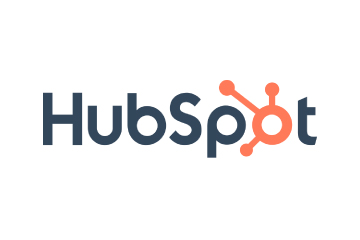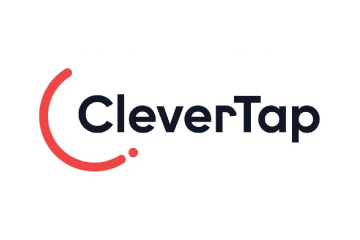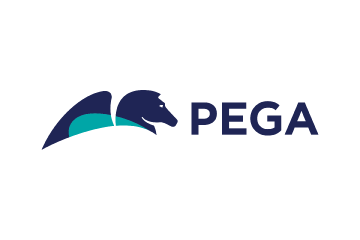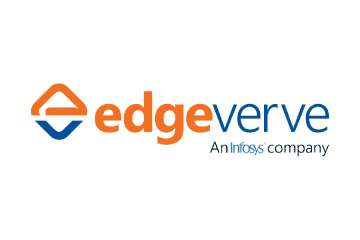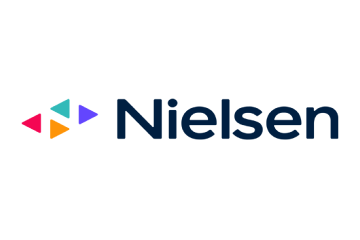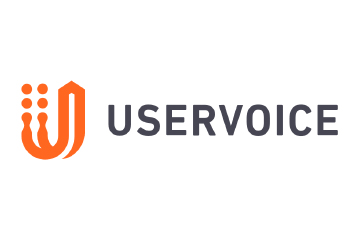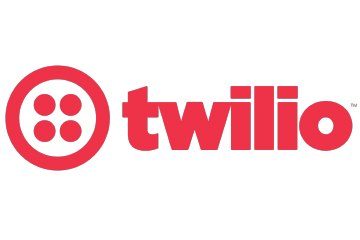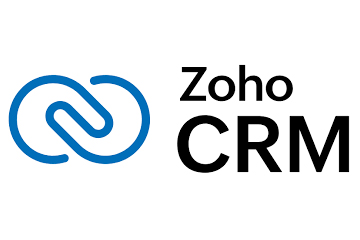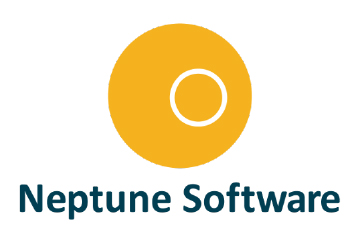Prioritise Flexibility for Your End Users
Jahanzeb Jabbar, Senior Director, Product Management at FastSpring, shares how brands can bridge operational complexity with user-centric flexibility, and why the next era of digital commerce will reward those who build adaptable, insight-driven product strategies from the start.
Topics
What to Read Next
- Untapped Growth Partners with FreeWheel to Expand Premium CTV Access
- Pattern Announces Acquisition of ROI Hunter
- MNTN Integrates with Northbeam to Improve CTV Performance Measurement
- Guideline Launches Customizable AI Agent Dashboards
- Gradial Raises $35M to Expand Enterprise Marketing Through AI Agents

For digital-first brands, growth isn’t just about reach. It’s about readiness.
The readiness to adapt to new markets, to meet users where they are, and to make buying effortless, no matter the currency, regulation, or payment method. Global monetisation today demands not only precision but flexibility.
And that flexibility must start with the end user.
“AI can then also hasten the feedback loop by accelerating product development via coding assistants and agents. While the long-term viability and scalability of these tools is yet to be proven, they allow a product manager to quickly validate their hypothesis through functional software rather than relying on user interviews and expert networks,” said Jahanzeb Jabbar, Senior Director, Product Management at FastSpring.
Jahanzeb Jabbar shares how brands can bridge operational complexity with user-centric flexibility, and why the next era of digital commerce will reward those who build adaptable, insight-driven product strategies from the start.
Excerpts from the interview:
What are the biggest gaps brands face today in managing and monetising digital products globally?
One of the biggest gaps brands face today is navigating the complexity of global monetisation—managing taxes, regional compliance, and payment and currency localisation while still delivering a seamless user experience.
FastSpring closes that gap by acting as your global merchant of record, handling the executional intricacies of cross-border commerce so you can focus on scaling your digital business with confidence.
How should brands think about product strategy when expanding into new markets with very different payment, compliance, and customer expectations?
When expanding into new markets, brands should consider the nuances of local market monetisation as they develop their product strategy.
For example, in regions like India, are you able to accept the most commonly used payment method, UPI? Or in Brazil, are you offering buyers the option to use Pix for both one-time payments and recurring payments?
Or in Germany, where only half of your buyers have credit cards, do you have an acceptable alternative for them to make a purchase? Your approach should prioritise flexibility for your end users and adapt to their payment preferences without overextending internal resources.
With FastSpring, you gain a partner built for this complexity. We handle global payments, compliance, tax, and localisation, so your strategy stays focused on growth, not red tape. In addition, payment method preferences can vary vastly across industries.
So, depending on your product category, selecting payment methods across regions becomes even more nuanced.
How do you evaluate whether a product has reached true product–market fit, and what signals do you watch for beyond growth metrics?
Signals like product adoption and usage rates can give you indications of how your product is perceived initially by your users. Post-acquisition signals like voluntary churn rates and Net Revenue Retention (NRR) can give you better insight into product-market fit.
When, on average, your user base is consistently growing in value and NRR is positive, you can understand that your product not only fits with the use case that brought the users onboard, but they’re finding enough value to purchase additional features.
Conversely, when users churn after purchase, there’s something broken in the experience. Understanding the customer journey throughout the process is key to determining why customers are churning.
- Is there an expectation that has gone unmet during the trial period?
- Is an upsell product not adding the value it initially promised?
Other non-growth metrics that can be valuable are high NPS, organic adoption, and strong usage patterns.
Partnering with FastSpring allows deeper insights through cancellation reasons to understand voluntary churn drivers, cohort analysis to understand growth or shrinkage subscriber vintages, trial conversions, customer lifetime value; all with the ability to pivot by product and geo.
These reports and the ability to further drill down via detailed transactional and subscription data will allow you to detect either a broken monetisation flow or product-market misfit.
What role do predictive analytics and AI now play in prioritising features or anticipating customer needs?
Predictive analytics shifts your decisions from being reactive to proactive.
A well-tuned AI model can look at historical payment, renewals, usage, and engagement data to forecast outcomes such as ARR, churn risk, feature adoption, or customer lifetime value.
This helps product teams shortlist which features could aid in improving new signups and retaining existing ones before, reduce friction, drive retention, or unlock revenue growth before issues surface.
AI can then also hasten the feedback loop by accelerating product development via coding assistants and agents. While the long-term viability and scalability of these tools is yet to be proven, they allow a product manager to quickly validate their hypothesis through functional software rather than relying on user interviews and expert networks.
Together, predictive analytics and AI allow digital product companies to anticipate needs, personalise experiences, and focus on features that measurably improve retention, expansion, and long-term revenue.
How do you see digital commerce platforms evolving in the next 3–5 years, and what should brands prepare for today?
Over the next 3–5 years, digital commerce platforms will become even more customised, automated, and AI-infused.
The pace of innovation to accommodate even niche use cases, proliferation of integrations with the customers’ ecosystems, and AI-based insights and automation will become table stakes. Brands will either be perceived as innovators or laggards, with the former taking increasing market share.
Therefore, it will be critical to partner with trustworthy and insightful partners such as FastSpring, who have the credibility of a track record but also the innovative capabilities and roadmap to empower brands to shine in their respective industries, expand globally with confidence, and deliver seamless digital experiences that convert.
ALSO READ: How LLMs Are Reshaping Marketing Strategy and Decision-Making












